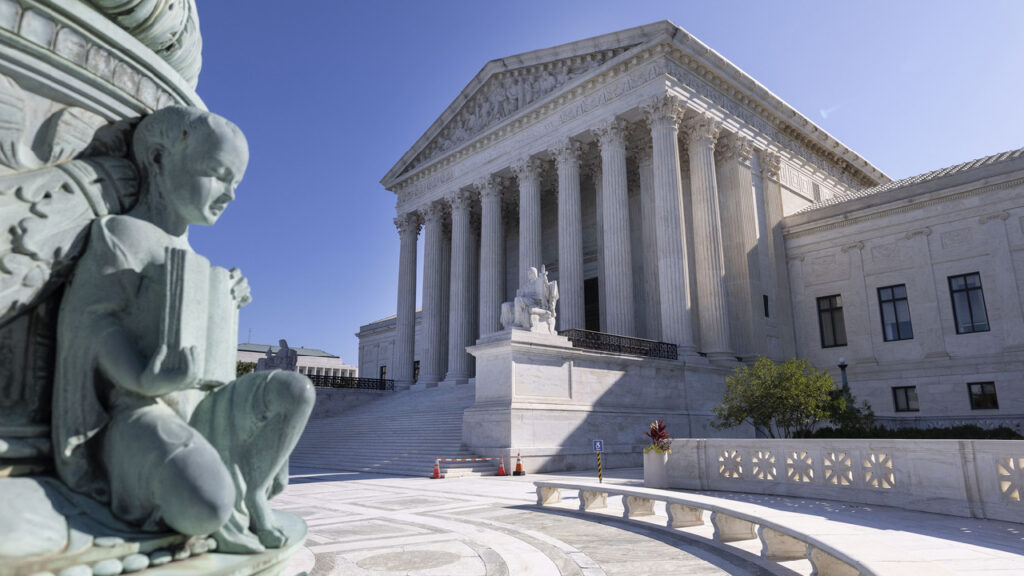U.S.
Supreme Court Allows Employer to Sue Union
In a landmark decision, the Supreme Court of the United States ruled that a building-materials company has the legal standing to sue a union that allegedly caused extensive damage to its property during a strike. The court’s ruling allows the company to proceed with its lawsuit without waiting for the National Labor Relations Board (NLRB) to resolve the labor-management disputes.
Justice Amy Coney Barrett, joined by Chief Justice John Roberts and Justices Sonia Sotomayor, Elena Kagan, and Brett Kavanaugh, emphasized that while federal law protects the right to strike, this right is not absolute. The majority opinion highlighted the company’s allegations of severe misconduct by the union during the work action, arguing that the union’s actions went beyond reasonable precautions to mitigate risk.
While Justices Clarence Thomas, Neil Gorsuch, and Samuel Alito agreed with the outcome, they expressed their support through separate opinions, citing slightly different grounds. Justice Ketanji Brown Jackson, the court’s newest member, filed a dissenting opinion, asserting that the NLRB should have jurisdiction to address labor and management claims before allowing the company’s lawsuit to proceed.
Get WSJ and Barrons Subscription for $129
The decision reaffirms the principle that labor unions can be held liable for intentional destruction of an employer’s property, as federal law does not shield them from tort liability. Noel Francisco, the attorney representing the management, argued that the company is entitled to fair compensation for the damages caused by the union’s intentional acts.
The Teamsters Union’s Local 174, which represented the drivers involved in the strike, has not yet provided a comment on the Supreme Court’s ruling. During contract negotiations in August 2017, the strike caused the drivers to leave concrete in the trucks’ mixers, jeopardizing the vehicles and inflicting significant losses upon the company. Although the two sides later reached a collective bargaining agreement, the issues related to the work action remained unresolved, leading to Glacier Northwest’s lawsuit against Local 174 in December 2017.
Get New York Times and The Wall Street Journal for $129
Previously, the Washington State Supreme Court dismissed Glacier Northwest’s lawsuit, stating that the National Labor Relations Act preempted the company’s state-law damages claim against the union. The state court decision relied on a 1959 precedent from the U.S. Supreme Court, emphasizing the exclusive competence of the NLRB to handle labor-related matters to prevent state interference with national policy.
Appealing the decision, Glacier Northwest brought the case before the current U.S. Supreme Court, which heard arguments in January. The company argued that the union’s work action constituted deliberate destruction of company property, not a protected strike, and thus, the lawsuit should proceed in state court.
With the Supreme Court’s ruling, the legal landscape surrounding labor disputes and employer-union relations undergoes a significant shift. This decision affirms the rights of employers to seek legal recourse for damages caused by unions during strikes, potentially influencing the dynamics of future labor negotiations and legal proceedings in similar cases.

